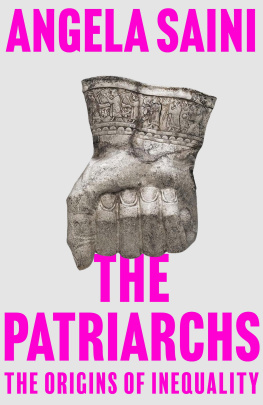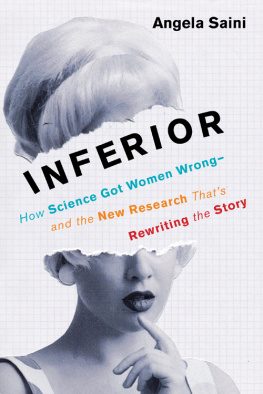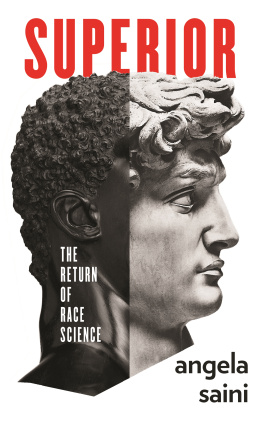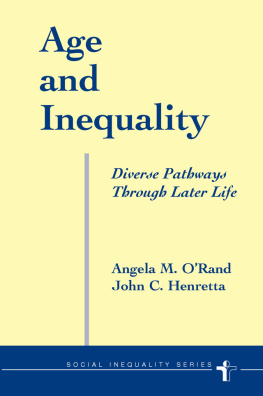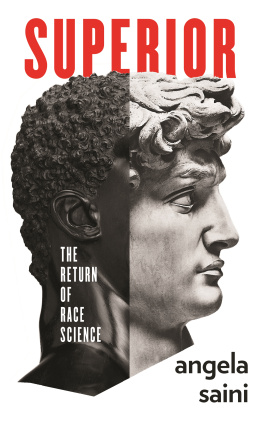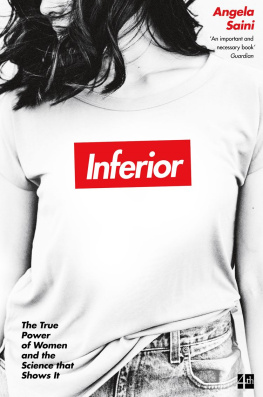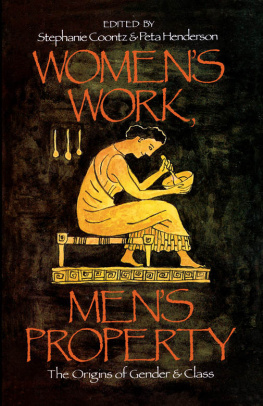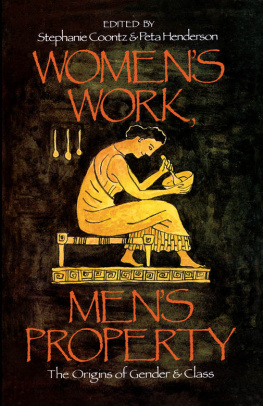Angela Saini - The Patriarchs: The Origins of Inequality
Here you can read online Angela Saini - The Patriarchs: The Origins of Inequality full text of the book (entire story) in english for free. Download pdf and epub, get meaning, cover and reviews about this ebook. City: New York, year: 2023, publisher: Beacon Press, genre: Science / Art. Description of the work, (preface) as well as reviews are available. Best literature library LitArk.com created for fans of good reading and offers a wide selection of genres:
Romance novel
Science fiction
Adventure
Detective
Science
History
Home and family
Prose
Art
Politics
Computer
Non-fiction
Religion
Business
Children
Humor
Choose a favorite category and find really read worthwhile books. Enjoy immersion in the world of imagination, feel the emotions of the characters or learn something new for yourself, make an fascinating discovery.
- Book:The Patriarchs: The Origins of Inequality
- Author:
- Publisher:Beacon Press
- Genre:
- Year:2023
- City:New York
- Rating:4 / 5
- Favourites:Add to favourites
- Your mark:
The Patriarchs: The Origins of Inequality: summary, description and annotation
We offer to read an annotation, description, summary or preface (depends on what the author of the book "The Patriarchs: The Origins of Inequality" wrote himself). If you haven't found the necessary information about the book — write in the comments, we will try to find it.
For centuries, prominent thinkers have treated male domination among humans as natural or inevitable. But how would our understanding of gender inequalityour imagined past and contested presentlook if we didnt assume that men have always ruled over women? If we saw gendered oppression as something fragile, that, alongside other forms of inequality, has had to be constantly remade and reasserted?
In this bold and radical book, award-winning science journalist Angela Saini explores the roots of what we call patriarchy, uncovering a complex history of how it first became embedded in societies and spread across the globe from prehistory into the present. She travels to the worlds earliest known human settlements, analyzes the latest research findings in science and archaeology, and traces cultural and political histories from the Americas to Asia, finding that:
- Matrilineal societies are more common than we appreciate, existing under a variety of different social and environmental circumstances, and in some cases for thousands of years.
- From around seven thousand years ago, there are signs that a small number of powerful men were having more children than other men.
- In societies where women left their own families to live with their husbands, marriage customs came to be informed by the widespread practice of captive taking and slavery, later influencing laws that alienated women from systems of support and denied them equal rights.
- There was enormous variation in gender and power dynamics in many societies for thousands of years, but colonialism and empire dramatically changed ways of life across Asia, Africa, and the Americas, spreading rigidly patriarchal customs and undermining how people organized their families and work.
In our own time, despite the pushback against sexism, abuse, and discrimination, even revolutionary efforts to bring about equality have often ended in failure and backlash. But The Patriarchs is a profoundly hopeful bookone that reveals a diversity to human arrangements that undercuts the old grand narratives and exposes male supremacy as no more than an ever-shifting element in systems of control.
Angela Saini: author's other books
Who wrote The Patriarchs: The Origins of Inequality? Find out the surname, the name of the author of the book and a list of all author's works by series.

